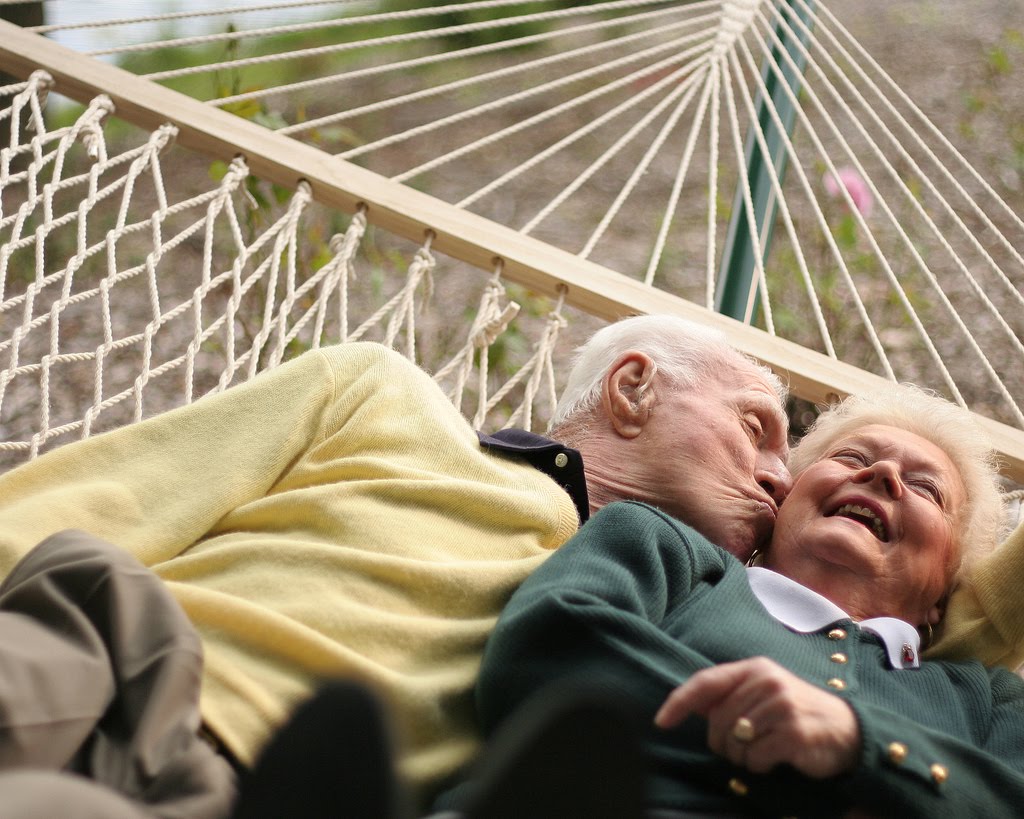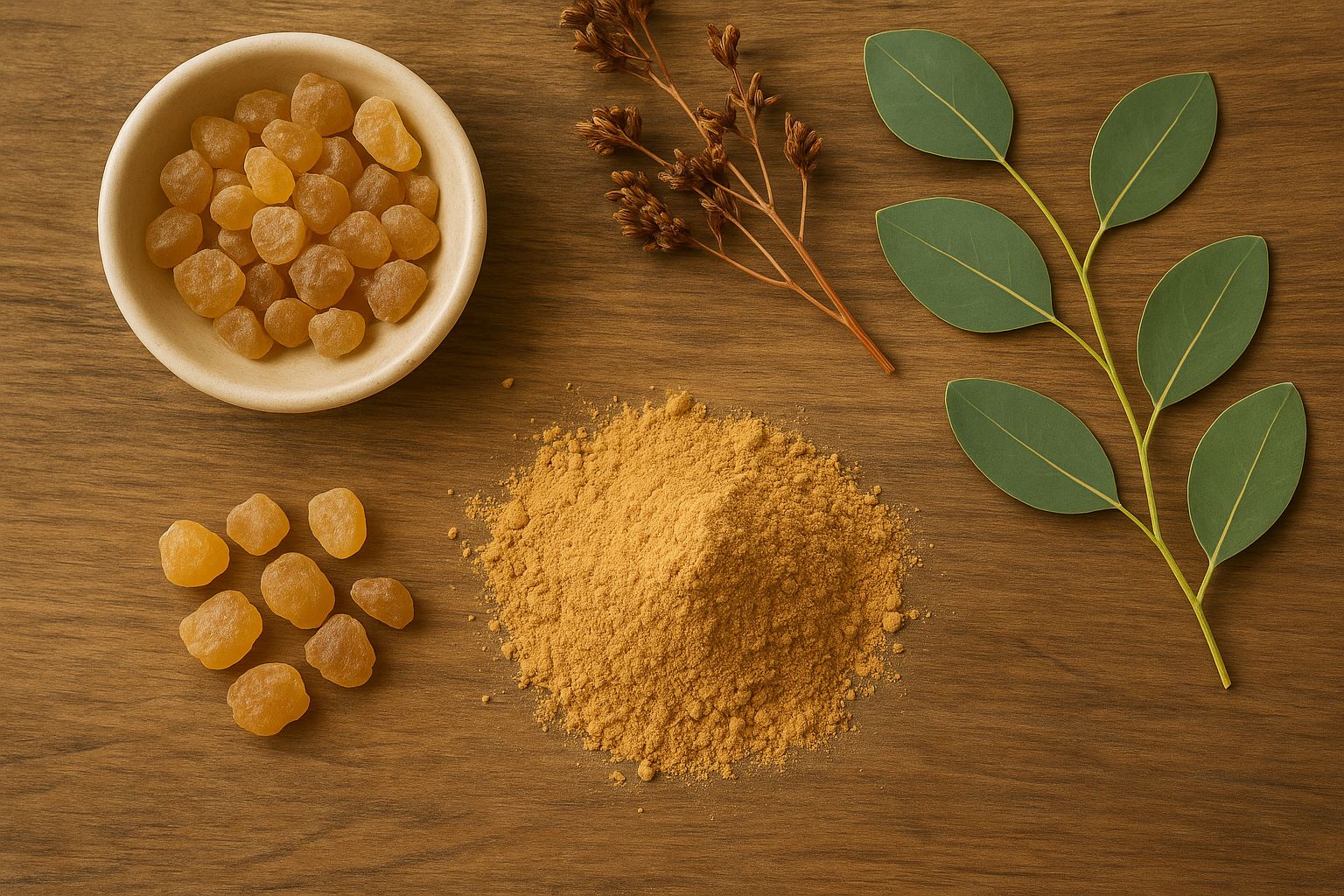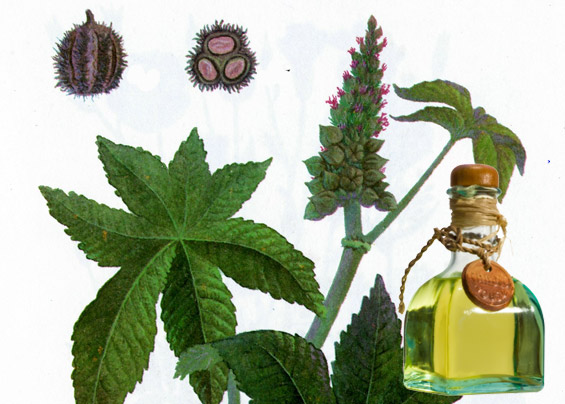Pseudogout: Disease of the elderly
This disease is similar to gout, but it is caused by various crystals – in this case Calcium pyrophosphate dihydrate crystals which are usually formed with no cause whatsoever. Pseudogout is common among the elderly, it affects around 3 % of people in their sixties and as much as 50% of all people over 90.
Causes and symptoms
Although it is not known what causes it, pseudogout can affect people with higher calcium levels in their blood, higher iron levels in their tissue or people with a lack of magnesium in their blood.
Pseudogout symptoms are various. Some people suffer from painful onsets of arthritis, usually in the knees, knuckles and other relatively large joints. Others suffer from dull, chronic pain and stiffness in the arm and leg joints, which doctors sometimes confuse for symptoms of rheumatoid arthritis. Pseudogout is usually diagnosed using the same method as when diagnosing gout – taking a sample of the joint fluid with a needle.
What can be done
Nonsteroidal antirheumatics are used to reduce pain and inflammation, and colhicine can be applied intravenously to reduce pain and inflammation during an onset of the condition.







